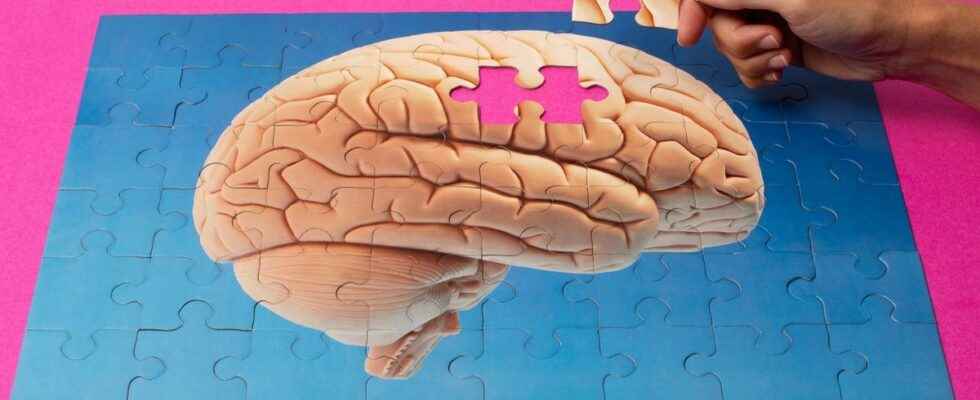Posted 23m ago,
Reading 2 mins.
in collaboration with
Dr Christophe de Jaeger (Longevity and geriatrics)
A team of American researchers announces that they have reversed the motor symptoms of Parkinson’s disease in rats. This feat was made possible by the implantation of induced pluripotent stem cells to replace the neurons destroyed by the disease. “Excellent news!” for Dr. Christophe De Jaeger, physiologist and member of the Doctissimo expert committee.
Far from being rare, Parkinson’s disease affects more than 10 million people worldwide. This progressive neurodegenerative disorder damages neurons in the midbrain, located in the Niger locus.
This deprives the brain of the dopamine produced by these cells, which is a neurotransmitter allowing the control of movements. This is why Parkinson’s disease leads to tremors, stiffness and problems with balance and coordination. His current treatment is the molecule L-Dopa, which can however cause dyskinesia and involuntary movements.
Stem cells transformed into neurons
As part of their study, the authors explain that they first chose to differentiate stem cells, so that they could become dopamine-producing neurons.
“Stem cell research began about twenty years ago. They brought hope, but attempts to inject them into the heart after a heart attack to repair it or into the brain, as here for Parkinson’s disease, did not work. It was always a failure, because the cells did not differentiate or not for a long time” explains the specialist.
A culture of 17 days
The scientists therefore investigated the most efficient protocol for transforming non-neuronal cells into functional neurons. The researchers treated the cells in their embryonic state with a set of additional factors and cultured the cells for 17, 24 and 37 days.
They found that the differentiation worked best when the culture lasted 17 days. When they were implanted in the brain of rats, the cells were able to send branched fibers and thus establish connections in the brain but also produce dopamine.
450,000 cells needed
The number of cells to be implanted was important to determine, both to have enough dopamine produced for the patient without generating too many side effects, such as a risk of tumor by excessive cell division. According to the authors, “it took 450,000 neurons for complete and functional recovery in rats in 4 months” and “the cells divide very little, the phenomenon is not worrying”.
Next step: the clinical trial
The authors of this work have already announced that they want to try the experiment in a clinical trial in 2023, in patients affected by a degeneration of their dopaminergic system. However, these patients do not present with cognitive decline or dementia.
If and only if this trial works, the researchers will then turn to patients affected by Parkinson’s disease. For Dr. De Jaeger, this study “opens up immense prospects for the treatment of this neurodegenerative disease”. According to the physiologist, the difficulty will lie in the “ability to differentiate stem cells into dopaminergic neurons, this will require finding the right message to send to the cells through the right growth factors”.
